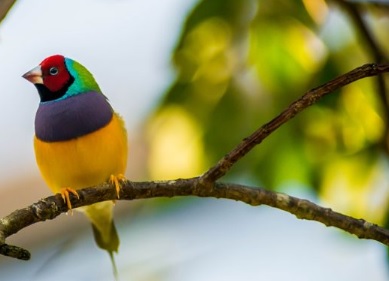
DNA gathered from remote waterholes in northern Australia has been used to detect an endangered bird in the wild for the first time. The result is the latest milestone in the rapidly maturing science of environmental DNA, in which traces of genetic material from soil, water or ice are used to identify the presence of plants and animals.









